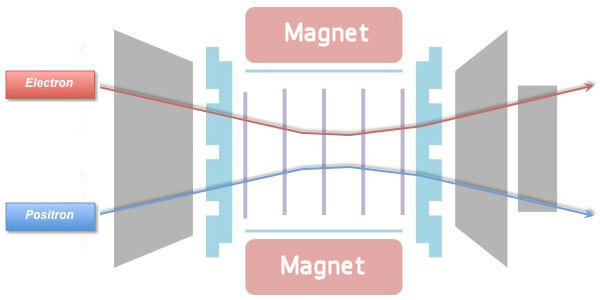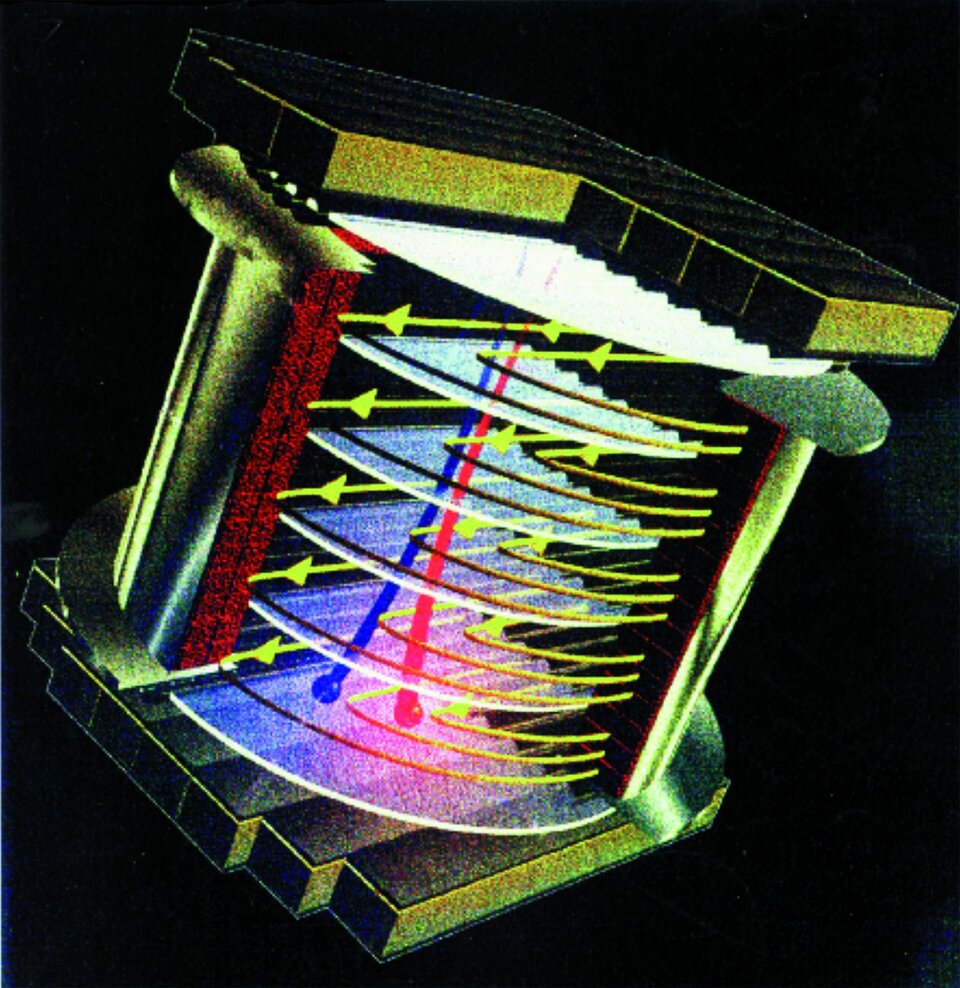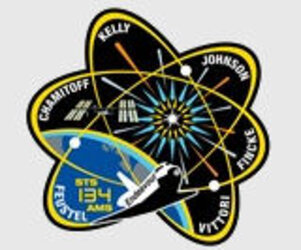Long life for AMS-02
Even before its launch, the Alpha Magnetic Spectrometer was hailed as a success, with more than a decade of work and cooperation between more than 600 scientists and engineers.
ESA has contributed to the project by providing the thermal vacuum and electromagnetic compatibility test for the whole package.
Exhaustive analysis in ESA’s facilities at ESTEC in Noordwijk, the Netherlands, played an important role in the decision to replace the original superconducting magnet for a permanent one with a longer life expectancy.
The Large Space Simulator was used to test the instrument before its trip to space. The large vacuum chamber can reproduce conditions in open space as realistically as possible. In addition, different mechanical shakers, acoustic chambers and electromagnetic test stations mimic other conditions during launch and operation in space.

After the tests, payload managers decided to use a less powerful, non-superconducting magnet that will enable AMS to operate through the planned life of the ISS instead of a relatively short three years. The experiment will not return to Earth. Thanks to the ISS extension, AMS-02 will study cosmic-ray composition with the highest accuracy for another decade, searching for very rare components.

AMS-02 will reach a sensitivity three orders of magnitude greater than its predecessor AMS-01, flown on the last Shuttle flight to the Mir space station in 1998. It spent about two weeks in orbit proving the merits of the design. Even with that very short mission, the instrument provided enough information to make physicists reanalyse some of their theories.
AMS-02 hugely extends the volume of the Universe that can be tested for the existence of primordial antimatter.







